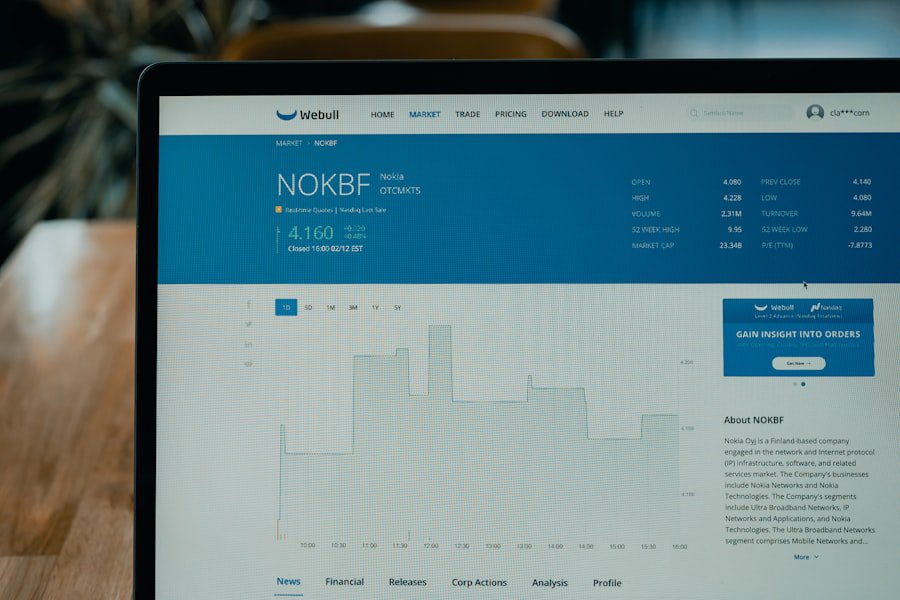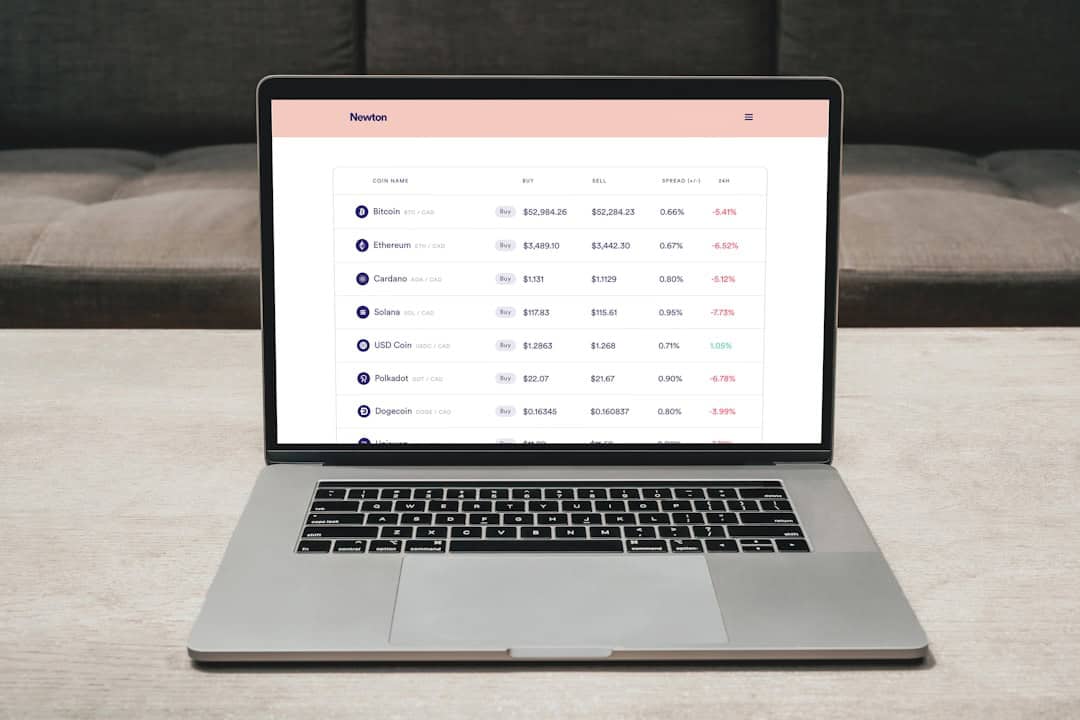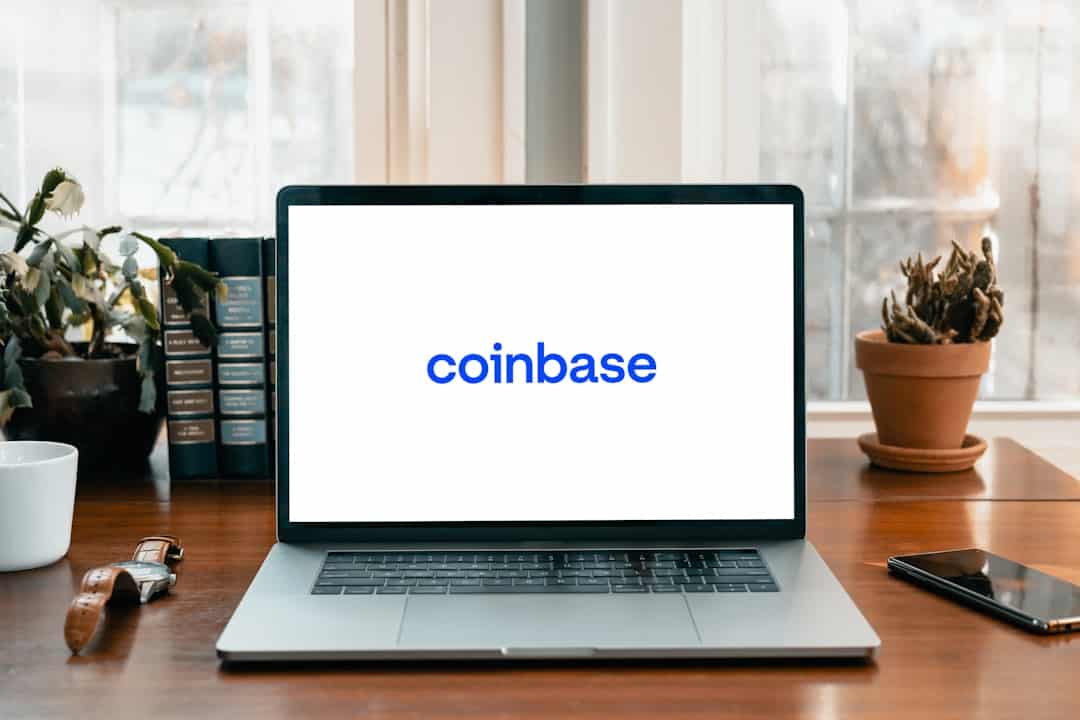Zero Trust Network Access (ZTNA) is a security framework that operates on the principle of not trusting any user or device by default, regardless of their location relative to the network perimeter. This model acknowledges that security threats can originate from both internal and external sources, necessitating continuous verification and authentication for all users and devices before granting access to resources. ZTNA implements the principle of least privilege, ensuring users are provided access only to the specific resources required for their job functions.
Traditional network security models often grant broad access privileges once a user enters the network, potentially exposing the system to security risks if credentials are compromised. In contrast, ZTNA employs a more detailed approach to access control, requiring ongoing authentication and authorization for every user and device attempting to access resources. This approach is particularly relevant in the current landscape of widespread remote work and cloud-based applications, where conventional perimeter-based security measures have become less effective.
Key Takeaways
- Zero Trust Network Access (ZTNA) is a security model that requires strict identity verification for every person and device trying to access resources on a private network, regardless of whether they are inside or outside the network perimeter.
- Zero Trust is crucial in today’s cybersecurity landscape as traditional perimeter-based security measures are no longer sufficient to protect against sophisticated cyber threats and the increasing number of remote workers and cloud-based applications.
- Fortinet’s Zero Trust approach offers a comprehensive security solution that combines network security, endpoint security, multi-factor authentication, and continuous monitoring to ensure secure access to resources.
- When implementing ZTNA, organizations should consider best practices such as implementing least privilege access, segmenting the network, and continuously monitoring and updating access policies to adapt to changing threats.
- The benefits of Fortinet’s Zero Trust approach for organizations include improved security posture, reduced risk of data breaches, and increased visibility and control over network access, leading to better compliance with industry regulations and standards.
The Importance of Zero Trust in Today’s Cybersecurity Landscape
Enhancing Cybersecurity with Zero Trust Network Access
This is where Zero Trust Network Access (ZTNA) plays a crucial role in enhancing cybersecurity. By implementing a Zero Trust approach, organizations can ensure that all users and devices are continuously authenticated and authorized before accessing any resources, regardless of their location. This helps mitigate the risk of unauthorized access and reduces the likelihood of insider threats.
Key Benefits of Zero Trust Network Access
Additionally, ZTNA enables organizations to enforce strict access controls based on the principle of least privilege, limiting the potential impact of a security breach. This approach ensures that users and devices only have access to the resources they need to perform their jobs, reducing the attack surface and minimizing the risk of data breaches.
A Critical Component of Modern Cybersecurity
In today’s cybersecurity landscape, where data breaches and ransomware attacks are on the rise, adopting a Zero Trust approach is essential for organizations looking to strengthen their security posture and protect sensitive data. By implementing ZTNA, organizations can stay ahead of emerging threats and ensure the integrity of their networks and data.
Fortinet’s Zero Trust Approach: A Comprehensive Security Solution

Fortinet’s Zero Trust Network Access (ZTNA) solution provides organizations with a comprehensive security framework that aligns with the principles of Zero Trust. By integrating advanced security technologies such as multi-factor authentication, micro-segmentation, and continuous monitoring, Fortinet’s ZTNA solution enables organizations to establish granular access controls and enforce strict security policies across their network infrastructure. One of the key components of Fortinet’s ZTNA solution is its ability to provide secure access to applications and resources regardless of their location, whether they are hosted in the data center, public cloud, or hybrid environment.
This ensures that users can securely access the resources they need to perform their job functions, without compromising security. Additionally, Fortinet’s ZTNA solution offers seamless integration with existing security tools and platforms, allowing organizations to extend their Zero Trust approach across their entire security ecosystem.
Implementing Zero Trust Network Access: Best Practices and Considerations
| Best Practices | Considerations |
|---|---|
| Implement multi-factor authentication | Consider user experience impact |
| Use micro-segmentation to limit lateral movement | Consider network performance implications |
| Regularly update and patch all devices | Consider compatibility with legacy systems |
| Implement continuous monitoring and analytics | Consider privacy and data protection regulations |
When implementing Zero Trust Network Access (ZTNA), organizations should consider several best practices to ensure a successful deployment. Firstly, it is essential to conduct a thorough assessment of the organization’s existing network infrastructure and security policies to identify potential vulnerabilities and areas for improvement. This will help in developing a tailored ZTNA strategy that aligns with the organization’s specific security requirements.
Another important consideration is the need for strong authentication mechanisms, such as multi-factor authentication (MFA), to verify the identity of users and devices attempting to access resources. MFA adds an extra layer of security by requiring users to provide multiple forms of verification, such as a password and a one-time code sent to their mobile device. Additionally, organizations should implement continuous monitoring and access controls to detect and prevent unauthorized access attempts in real-time.
The Benefits of Fortinet’s Zero Trust Approach for Organizations
Fortinet’s Zero Trust Network Access (ZTNA) approach offers several benefits for organizations looking to enhance their security posture. Firstly, Fortinet’s ZTNA solution provides organizations with granular access controls, allowing them to enforce strict security policies based on the principle of least privilege. This helps reduce the risk of unauthorized access and limits the potential impact of a security breach.
Furthermore, Fortinet’s ZTNA solution enables organizations to securely extend access to applications and resources regardless of their location, whether they are hosted in the data center, public cloud, or hybrid environment. This flexibility allows employees to work from anywhere without compromising security, improving productivity and collaboration. Additionally, Fortinet’s ZTNA solution integrates seamlessly with existing security tools and platforms, providing organizations with a comprehensive security framework that aligns with the principles of Zero Trust.
Case Studies: How Fortinet’s Zero Trust Approach has Improved Security for Businesses

Several businesses have benefited from implementing Fortinet’s Zero Trust Network Access (ZTNA) solution to enhance their security posture. One such example is a global financial services firm that was facing challenges in securing remote access to critical applications and resources. By deploying Fortinet’s ZTNA solution, the firm was able to establish granular access controls and enforce strict security policies based on the principle of least privilege.
This helped reduce the risk of unauthorized access and improved overall security. Another case study involves a healthcare organization that needed to securely extend access to electronic health records (EHR) for remote healthcare providers. By implementing Fortinet’s ZTNA solution, the organization was able to ensure secure access to EHR applications regardless of the provider’s location, without compromising patient data security.
This improved collaboration among healthcare providers while maintaining strict access controls and compliance with industry regulations.
Looking Ahead: The Future of Zero Trust Network Access and Fortinet’s Role in Shaping It
As organizations continue to embrace remote work and cloud-based applications, the importance of Zero Trust Network Access (ZTNA) will only grow in significance. Fortinet is well-positioned to play a key role in shaping the future of ZTNA by continuing to innovate and develop advanced security solutions that align with the principles of Zero Trust. With a focus on integrating cutting-edge technologies such as artificial intelligence and machine learning into its ZTNA solution, Fortinet aims to provide organizations with a comprehensive security framework that can adapt to evolving cyber threats.
In addition, Fortinet is committed to collaborating with industry partners and standards bodies to drive the adoption of Zero Trust principles across the cybersecurity landscape. By promoting best practices and sharing insights on ZTNA implementation, Fortinet aims to empower organizations to strengthen their security posture and protect against modern cyber threats. As the cybersecurity landscape continues to evolve, Fortinet remains dedicated to providing organizations with the tools and expertise they need to embrace a Zero Trust approach and secure their digital assets effectively.
If you’re interested in learning more about the concept of zero trust in the context of virtual spaces, you may want to check out this article on entering the metaverse and exploring virtual spaces. This article discusses the importance of user-generated content in the metaverse and how it relates to the principles of zero trust in cybersecurity.
FAQs
What is Fortinet Zero Trust?
Fortinet Zero Trust is a security framework that assumes no entity, whether inside or outside the network, can be trusted. It focuses on verifying and securing every user, device, and application trying to access resources on the network.
How does Fortinet Zero Trust work?
Fortinet Zero Trust works by implementing strict access controls, continuous monitoring, and advanced authentication methods to ensure that only authorized users and devices can access network resources. It also incorporates micro-segmentation to isolate and protect critical assets.
What are the benefits of using Fortinet Zero Trust?
Some of the benefits of using Fortinet Zero Trust include improved security posture, reduced attack surface, better visibility and control over network traffic, and the ability to adapt to evolving threats and business requirements.
Is Fortinet Zero Trust suitable for all types of organizations?
Fortinet Zero Trust can be implemented by organizations of all sizes and across various industries. It is particularly beneficial for organizations that prioritize security and need to protect sensitive data and critical assets.
Does Fortinet Zero Trust replace traditional security measures?
Fortinet Zero Trust does not necessarily replace traditional security measures, but rather complements them by adding an additional layer of security that focuses on continuous verification and strict access controls. It can work alongside existing security solutions to enhance overall protection.











Leave a Reply